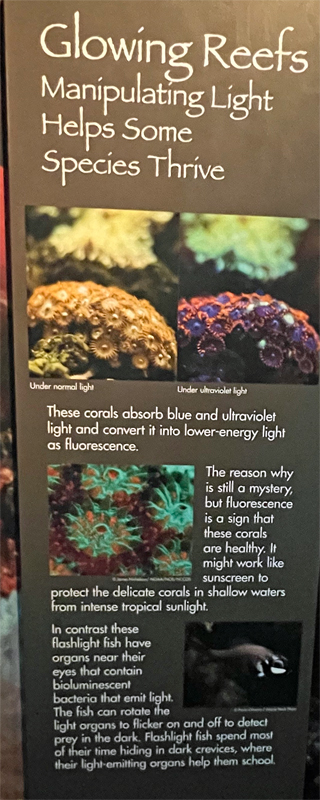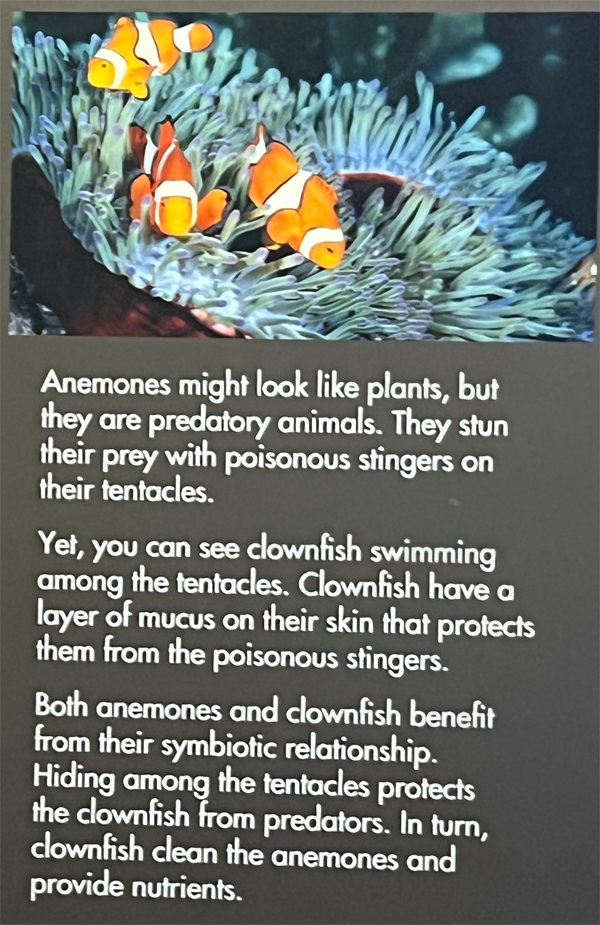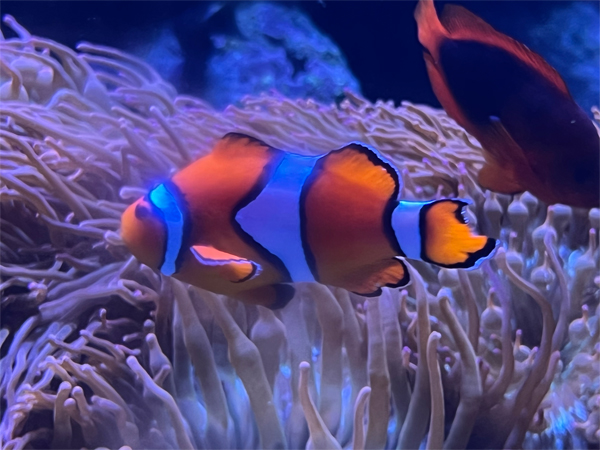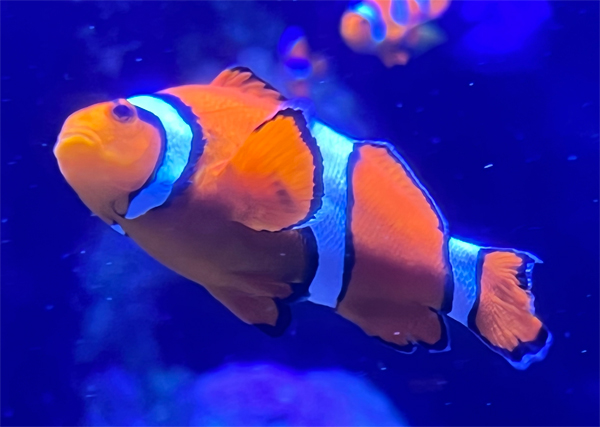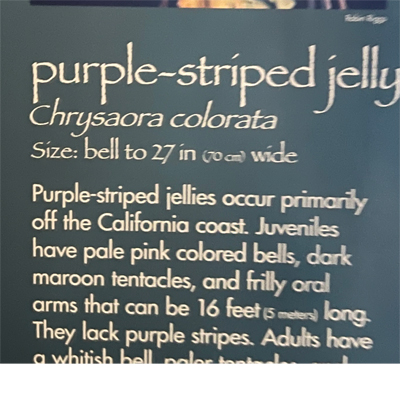page
2 - The two RV Gypsies at Aquarium of the Pacific
in Long Beach, California
|
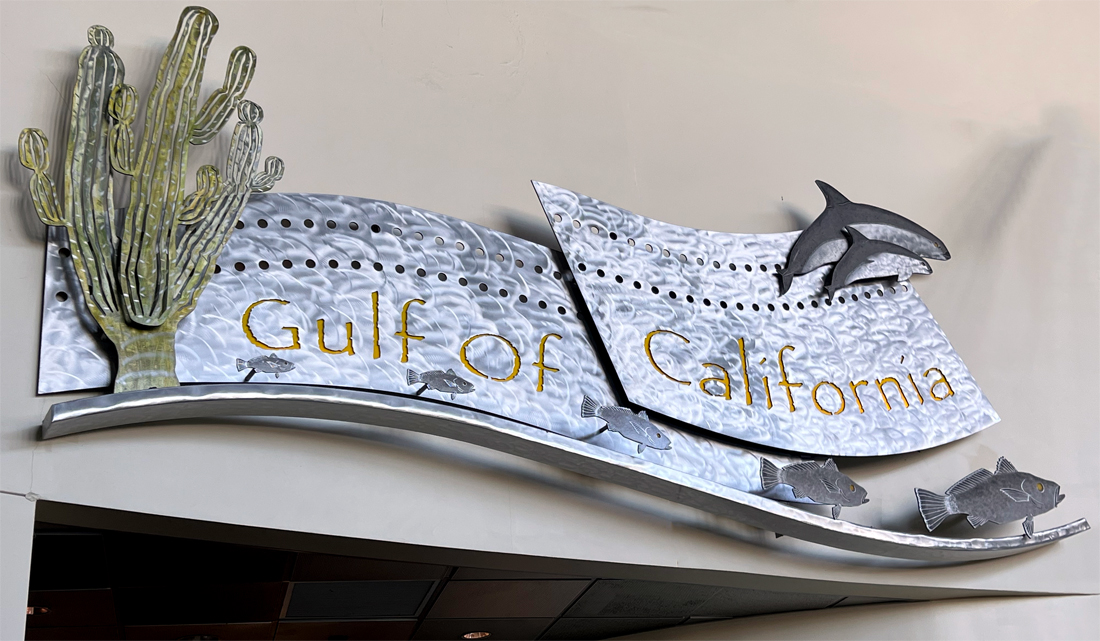 |
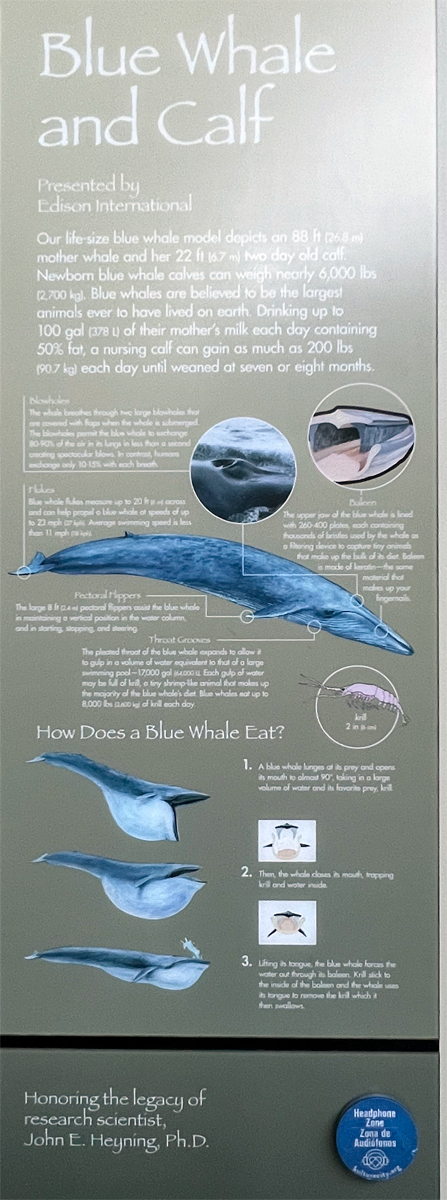
|
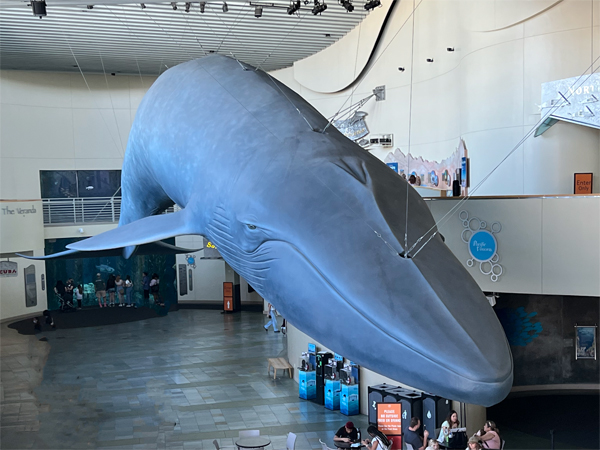 |
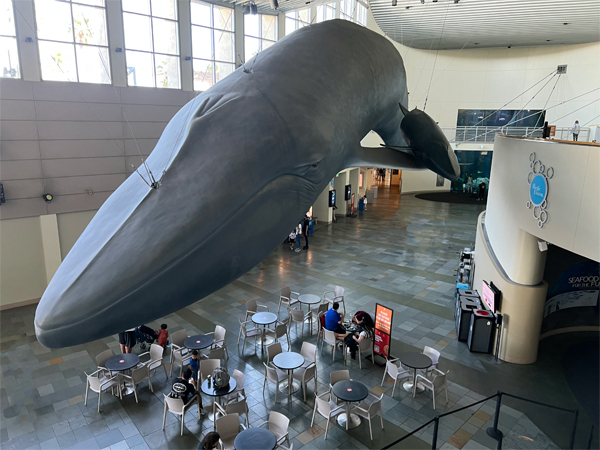 |
 |
 |
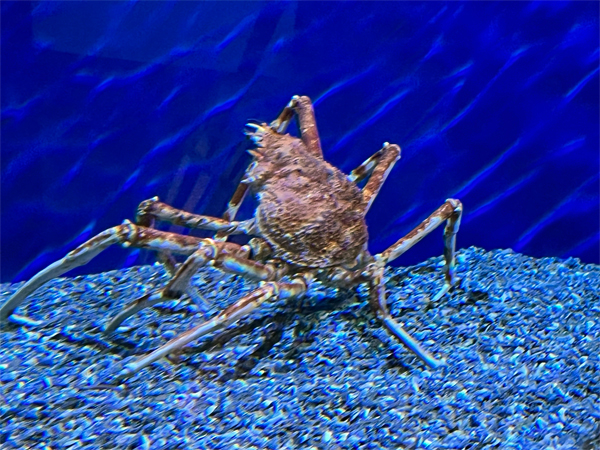 |
Below:
The Panamanian golden frog is a small, brightly colored, frog-like toad.
Its head is longer than it is broad with a pointed, protuberant snout.
Its body is slim with long limbs. Its back is smooth and yellow with
"X" shaped or variable black blotches, and its belly is uniformly
yellow. Both male and female Panamanian golden frogs have similar coloration
and patterns.
This species' skin is toxic in the wild; glands on the
skin produce tetrodotoxin and a unique compound called zetekitoxin.
The skin of a single Panamanian golden frog contains enough toxins to
kill 1,200 mice. Its vibrant, yellow color is aposematic, meaning it
warns potential predators of its toxicity.
Adult males measure between 3.5 and 4.8 centimeters and weigh 3-12 grams.
Females measure between 4.5 and 6.3 centimeters and weigh 4-15 grams.
Wet forest males and females are larger than dry forest frogs. |
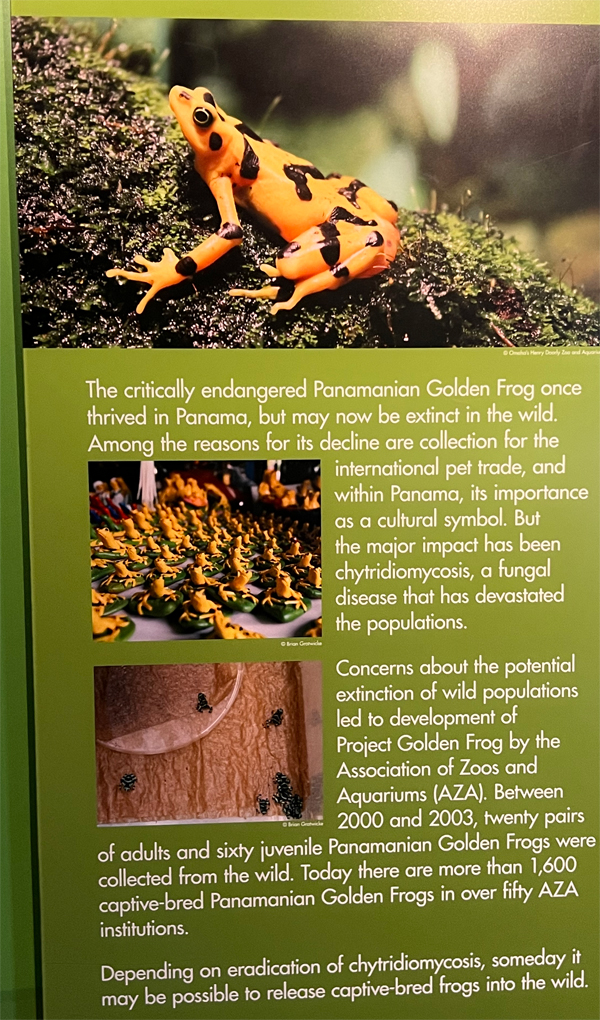 |
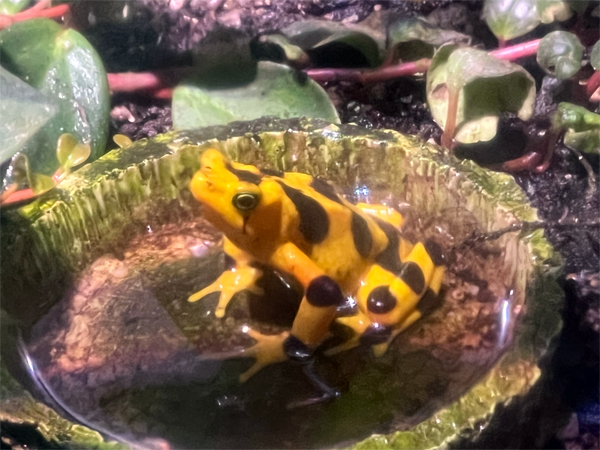
|
 |
 |
 |
 |
Below: GLOWING
REEFS - Some corals exhibit a dazzling colorful display to protect themselves
when they suffer bleaching due to warmer temperatures .Glowing colors
in bleached corals act like a protective layer (similar to sunscreen)
when symbiotic micro-algae are lost. The vivid colors are also a blinking
neon sign that encourages the algae to return. Corals develop extreme
coloration within 2 to 3 weeks after exposure to mild or temporary heat
stress. |
| |
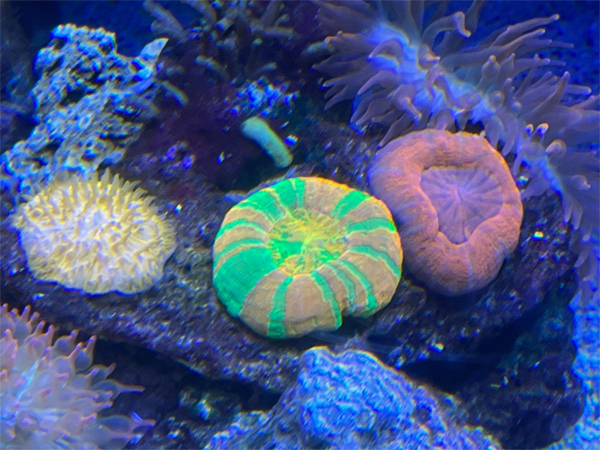 |
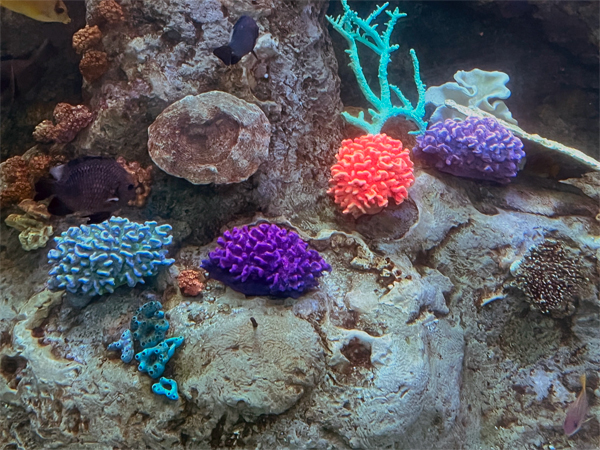 |
 |
 |
 |
 |
Sea anemones are named after and resemble
flowers, but they are actually invertebrates related to corals and jellies.
Their bodies consist of a soft, cylindrical stalk topped by an oral
disc surrounded with venomous tentacles. Like jellies, coral and sea
anemones have only one opening so food enters and waste exits from the
same place. |
|
|
|
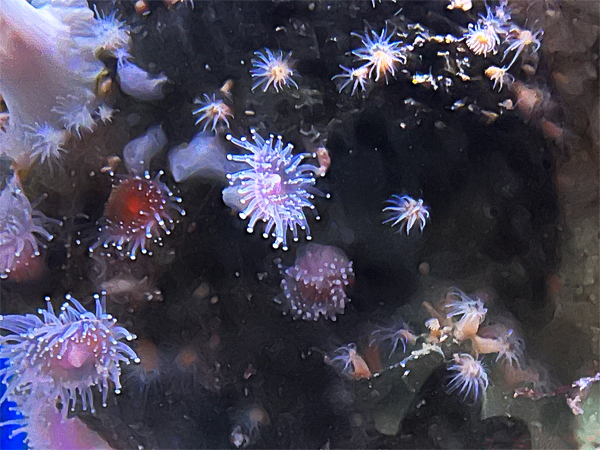 |
 |
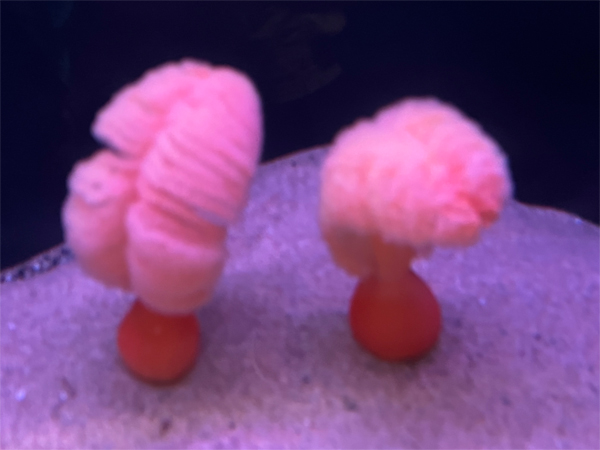 |
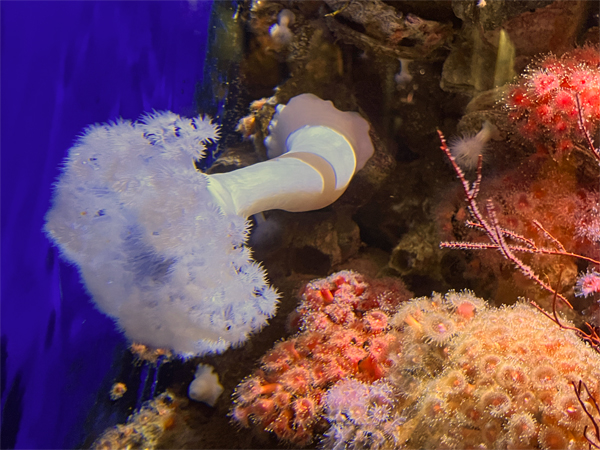 |
 |
 |
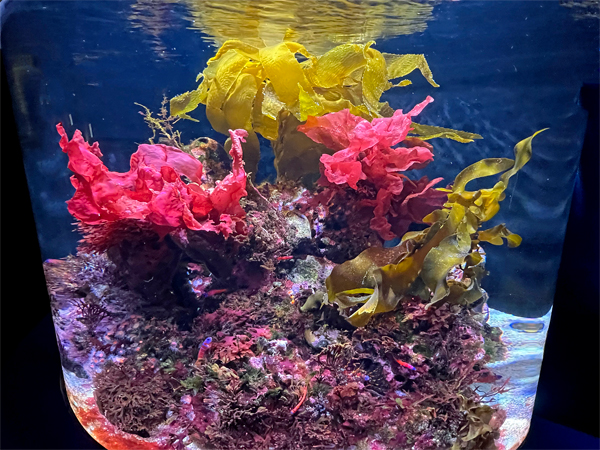 |
 |
 |
 |
 |
Below: Sea Jellies |
 |
|
|
Jellyfish or Sea Jellies which
is correct? Despite the name, Jellyfish are not fish and the term is
not scientifically appropriate. Many scientists are beginning to refer
to them as jellies or sea jellies in a similar fashion to the name change
occurring with starfish into sea stars, which is a more accurate description. |
 |
 |
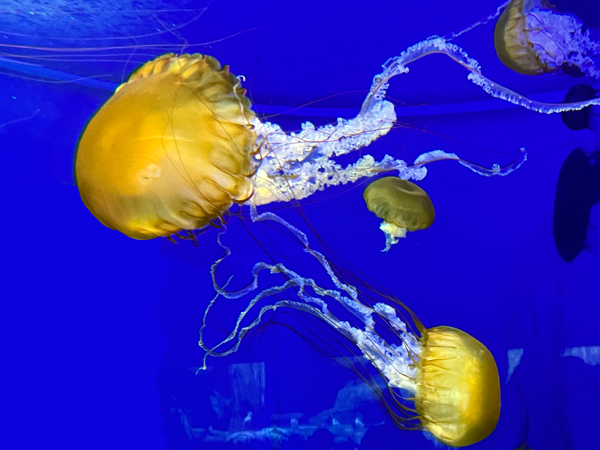 |
 |
 |
 |
 |
 |
 |
 |
 |
 |
 |
 |
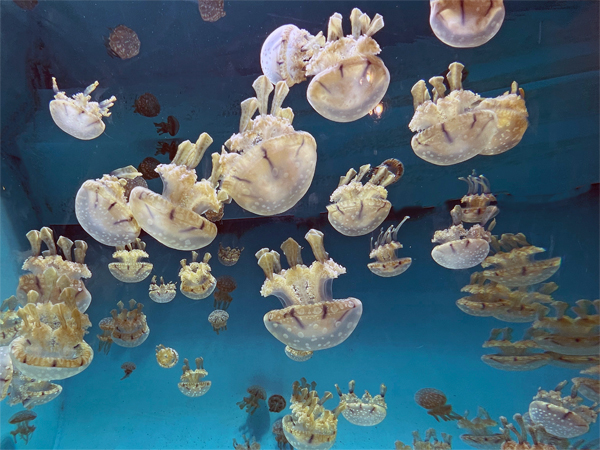 |
 |
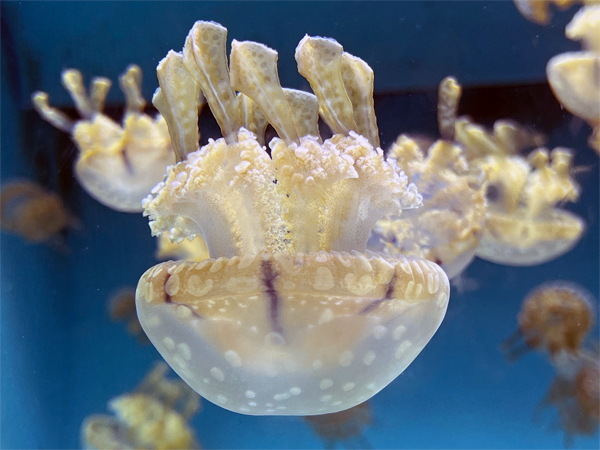 |
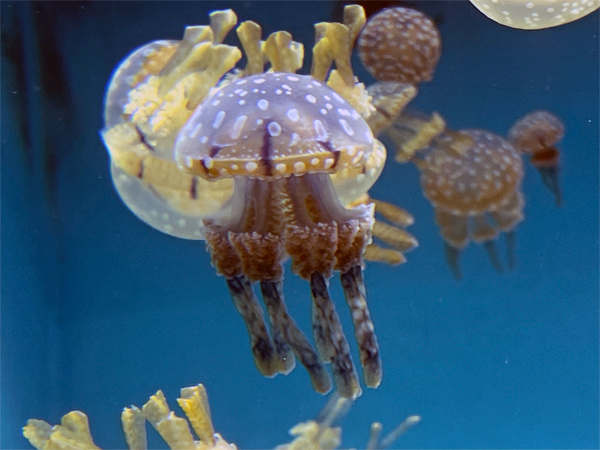 |
Below: Starfish or sea stars
are star-shaped echinoderms. Starfish are also known as asteroids due
to being in the class Asteroidea. About 1,900 species of starfish occur
on the seabed in all the world's oceans, from warm, tropical zones to
frigid, polar regions. Starfish are marine invertebrates. They typically
have a central disc and usually five arms, though some species have
a larger number of arms. The upper surface may be smooth, granular or
spiny, and is covered with overlapping plates. Many species are brightly
colored in various shades of red or orange, while others are blue, grey
or brown. Starfish have tube feet operated by a hydraulic system and
a mouth at the centre of the oral or lower surface. They are opportunistic
feeders and are mostly predators on benthic invertebrates. |
 |
 |
 |
 |
 |
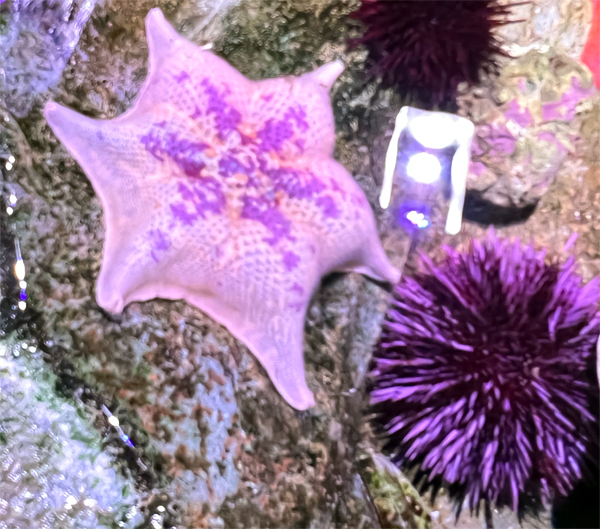 |












